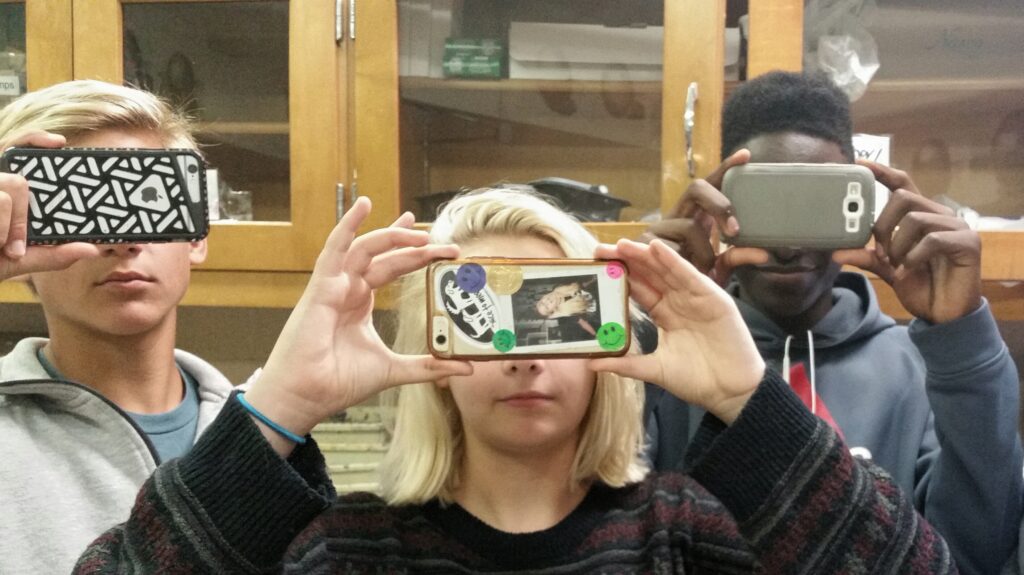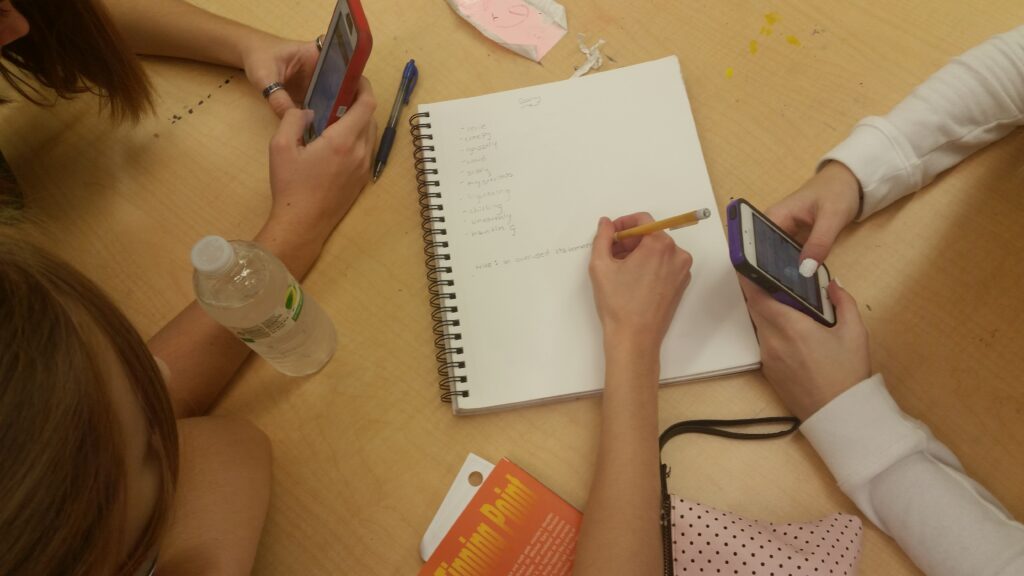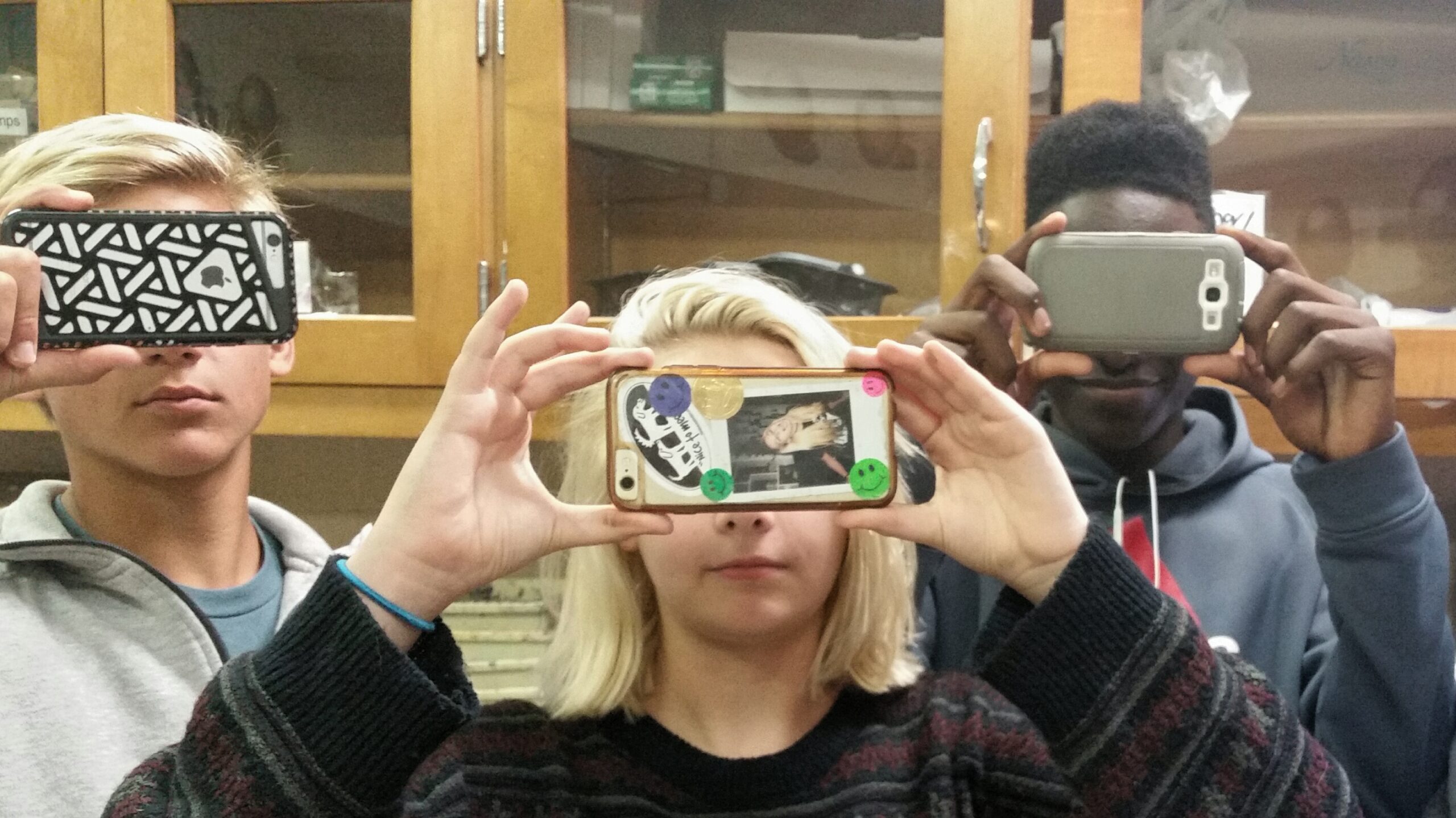Cell phones have taken over our lives – adults and children included. The struggle to get kids to put them down is constant and annoying. What if, instead of fighting cell phone use, we ask kids to use them in class and taught them how? A connected laptop, tablet or smartphone is a powerful educational resource. Schools are realizing this, and some are asking kids to bring them as part of a program known as BYOD, or Bring Your Own Device.
BYOD programs have been growing in popularity since the US Department of Education recommended it as a strategy in 2010. Teachers, principals, and schools like it because it increases student access to technology while also cutting costs. Since kids with access to devices bring their own to the classroom, there are more school-owned devices available for those who need one. My high school is in the process of becoming a BYOD school, along with almost every other high school in our county. We are planning policies detailing how the devices will be used, informing parents of these changes, and setting up a wifi network so everyone can stay connected.

As for me, I’ve had a BYOD-style classroom for a few years. I love how using technology expands the walls of my room and gives my kids access to the wealth of knowledge available online. Sure, sometimes a student will check social media, but for the most part, they are doing what I ask. Setting expectations in advance–and developing consequences for what will happen if the expectations are not followed–helps temper this issue. I know some teachers worry that using technology can increase off task time, but I haven’t found that to be true. Instead, my students are doing all kinds of great things:
Blogging
Blogging is a great way for students to create digital portfolios and reflect on their work. I use Weebly for student blogs, but there are lots of other platforms available, like blogger, Blendspace, and Sway. Encouraging students to think and write about what they are creating in any stage deepens their understanding of their own work and process, as well as the work and process of their fellow artists and classmates.
Using Cell Phone Cameras
Taking pictures and sharing them couldn’t be easier than when you are using a cell phone. Plus, there are lots of great apps for photo editing and making art using these images. Some of my favorite ways to use cell phone cameras are:
Stop Motion Animation
Forced Perspective
Documenting Work Process
Teaching Composition
Conducting Research

When students use devices to research for artwork, the number of resources they can access is almost limitless. My students use mostly cell phones to research for artwork as part of my Design Process Thinking model. Using their devices to find resource images and study technique independently or in a group setting is a great way to increase the relevance and context of their work.
Flipping
I love using my class website to give directions, assess learning, and share content. Students use their devices to access content during class or at home. It’s easy to make information and resources accessible to everyone. This method can also save you time and energy in the long run; if you want to look in-depth at different flipping methods, make sure you check out AOE’s Flipping the Art Room course. By flipping demonstrations of techniques and other class content, students can access information as they need it.
Ray Kurzweil, scientist, inventor, and bestselling author, writes: “Mobile phones are misnamed. They should be called gateways to human knowledge.” The educational value of inviting technology into our classrooms is huge, so why not embrace it and teach our kids how to use it as part of the art making process?
Do you let students use their own devices in your classroom?
What benefits (or drawbacks) do you see to the BYOD approach?
Magazine articles and podcasts are opinions of professional education contributors and do not necessarily represent the position of the Art of Education University (AOEU) or its academic offerings. Contributors use terms in the way they are most often talked about in the scope of their educational experiences.





